Biophilic design can be broken down into 14 different patterns. These patterns aren’t concrete rules — they’re meant to guide you rather than form strict guidelines. By looking at each pattern and the suggestions of how to use them, you’ll gain inspiration for how to incorporate them into your home.
1. Visual connection with nature
This pattern is based on the idea of viewing the elements of nature, living systems and natural processes. A visual connection with nature has been said to reduce stress, create positive emotional functioning and improve concentration and recovery rates.Visual connection with nature has an enormous impact on humans. Creating a visual experience inspired by nature can be both stimulating and calming. 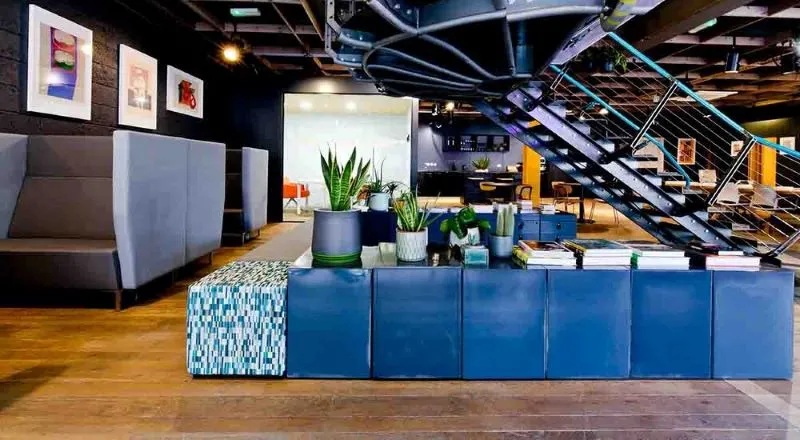
For these reasons more people today are incorporating nature inspired designs in both their work spaces and homes as well.These connections can be established by a variety of different elements. By using biophilic interior design, the designers are able to successfully narrow the gap between the modern-day humans and nature. That being said, stimulating views of natural elements and plants have an enormous effect on both our mind and our body.
2. Non-visual connection with nature
A non-visual connection with nature emphasizes the remaining senses: touch, taste, smell, and sound. With a focus on incorporating simultaneous and overlapping elements, this area of biophilic design creates an experience with depth and collaborative dimension. With the ultimate goals of reducing blood pressure and stress, increasing mental health and cognition, and shifting the focus to calming and energizing environmental components, non-visual patterns are accessible by all.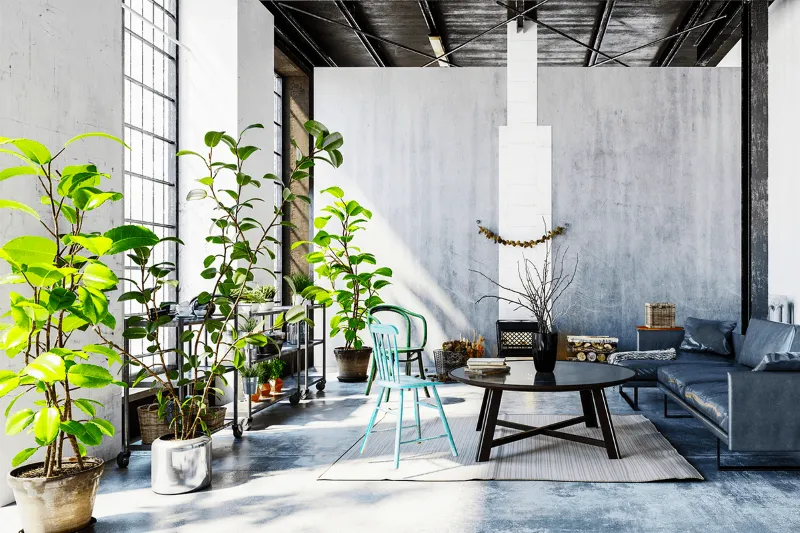
This pattern occurs naturally in the form of fragrant flowers, weather, textured materials such as wood, stone, fur and loud animals such as songbirds. If these aren’t available to you, similar instances can be recreated by natural air fresheners such as essential oil diffusers, digital recordings of nature sounds, highly textured fabrics and allowing pets in the home.
3. Non-rhythmic sensory stimuli
These connections are random, short bursts that are found in natural environments but are hard to predict. They have been studied in relation to eye patterns, heart rate, blood pressure and flight or fight responses. For example, after staring at a computer for a long period of time, a brief distraction caused naturally is beneficial.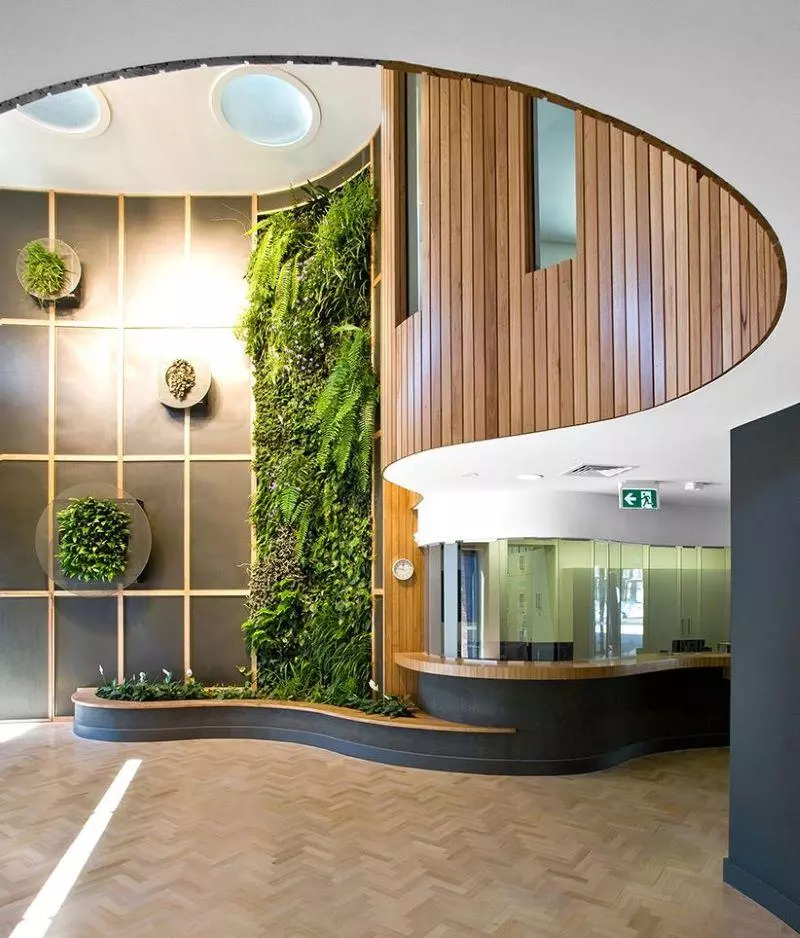
Nature is never static; it’s always moving, growing, adapting. We notice when a room is visually monotonous, when the air is stale, and when the same sound, or lack thereof, persists beyond what’s pleasant. How often do you find yourself, or your children staring at televisions and computer screens for hours on end? We are not static beings, yet the spaces we live, study and work in are too often just that – static and predictable.
4. Thermal and airflow variability
The subtle changes in air and surface temperature, humidity and airflow across the skin that mimic natural environments.This pattern may already occur in your home in the form of solar heat when the sun passes through a window or you’re in shadows and shade. If you don’t have these, you can recreate the effect by using window treatments or glazing, creating an HVAC delivery system or creating more ventilation throughout the house.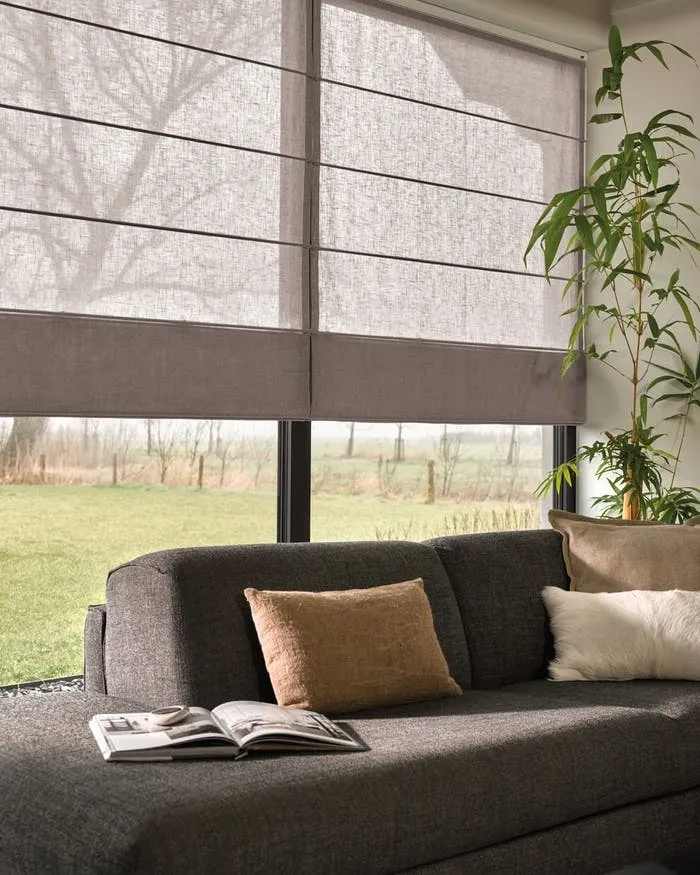
5. Presence of water
The Presence of Water biophilic design pattern has evolved from research on the health and wellbeing benefits associated with access to water, including reduced stress, lower heart rate and blood pressure, increased feelings of tranquillity, positive emotional responsiveness, improved concentration and perception, and memory restoration. The general take-away from the research is that a frequent multisensory experience of clean water is very good for our psycho-physiological wellbeing.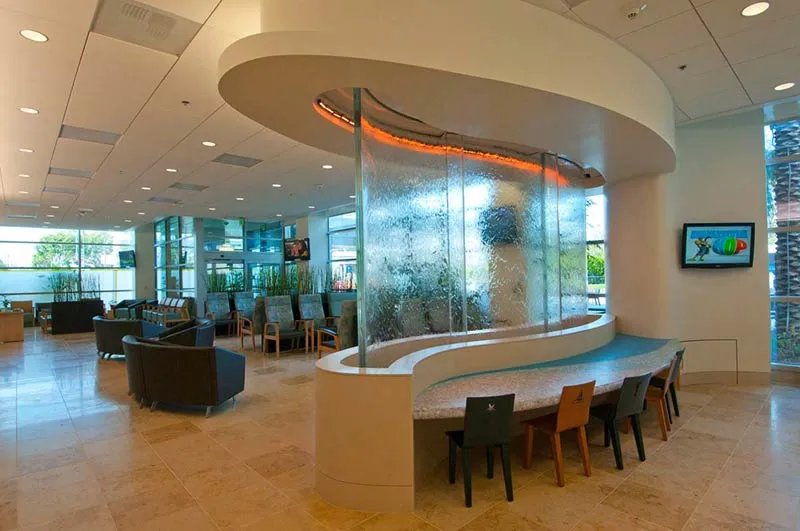
More so than many other patterns of biophilic design, designers and owners are often wary of introducing Presence of Water into their projects. Some of the most common concerns are cost, sanitation, water scarcity, or cultural appropriateness of water features. However, there are many ways to incorporate Presence of Water into a design that overcome these challenges and provide multiple benefits.
6. Dynamic and diffused light
Various studies have confirmed that people find it soothing when the indoor light is being used to mimic the circadian processes in nature since unpredicted lighting patterns are a natural occurrence that people are exposed to on a daily basis. However, the effect of dynamic and dispersed lighting can only be pleasant if it's carefully designed and placed in a way that doesn’t directly affect anyone. This type of lighting should only be used to enhance the atmosphere, and is in no means meant to illuminate the entire room. 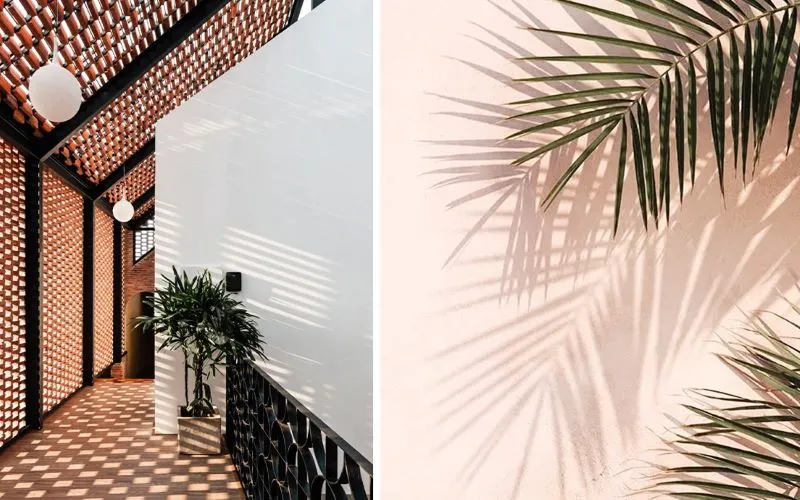
This being said, it is extremely important that the space we’re spending the majority of our time in is well exposed to natural light. Dynamic and diffused light may already exist in your home with windows, firelight, moonlight and seasonal light. If the balance is off, you can create this pattern by using multiple low glare electric light sources, diffused light on walls or the ceiling, using lights that have a dimming feature and taking advantage of accent lighting.
7. Connection with natural systems
Connecting with natural systems describes the realization that seasonal and temporal changes are a sign of a healthy environment. This seasonality and understanding of the life cycle can lead to a more relaxing, nostalgic and enlightened lifestyle. Natural processes such as geology and hydrology play an important role in biophilic design. As with thermal and airflow variability, change is inherent in natural systems and thus a necessary inclusion in any biophilic environment. This variability is mostly organic, although there are methods of artificially supplementing the natural systems.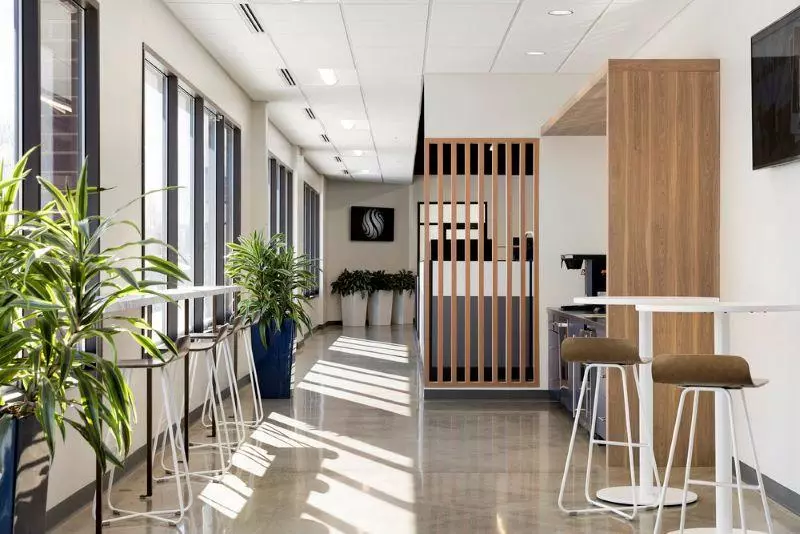
Integrating natural systems can be as simple as an ample view of a forest. On the other hand, it can be complex; for example, it might be desirable to control light to accommodate human circadian rhythms. It is most important for humans to be surrounded by and reminded of the cycles and systems in nature. Simulated options include the installation of wildlife habitats or aged wood with a noticeable patina.
8. Biomorphic forms and patterns
Biomorphism is when shapes and patterns that occur in nature are used in design Consider the curves and angles of geometric shapes that occur in nature. Perhaps it’s the symmetry of flower petals or the intriguing spirals of a seashell that come to mind. Or, maybe you recall the circular texture of a bird’s nest. Whatever your experience, it’s likely you’ve seen these types of forms and patterns in abundance outdoors. 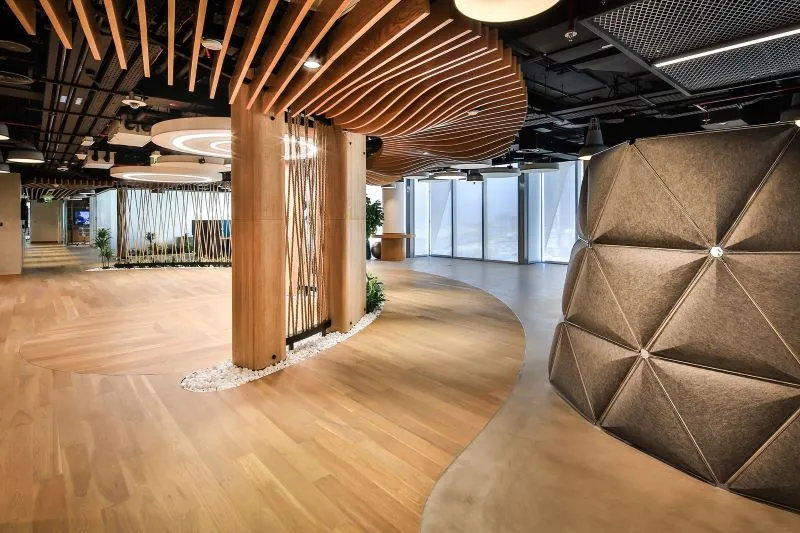
In design, when we incorporate organic and biomorphic forms, we are not necessarily using actual living things, but are instead seeking to emulate and reference natural patterns. Ultimately, we use forms and patterns that are symbolic, avoiding the harsh edges of right angles and straight lines and instead turning towards symmetrical moments of interest and captivation. Whether used in a functional way, as a decorative piece, or a structural aspect of a design, biomorphic forms and patterns work to reduce our daily stress and enhance our concentration – both keys to establishing healthy life balance.
9. Material connection with nature
Similar to biomorphic forms and patterns, material connection with nature takes its inspiration from the outside world and seeks to incorporate it into interior design. Yet, this pattern specifically features actual materials found in the local ecology and geology, guided by the core belief that humans always prefer real to synthetic materials. Touch is at the center of this pattern, and creating a space where exploration is encouraged is a major component. 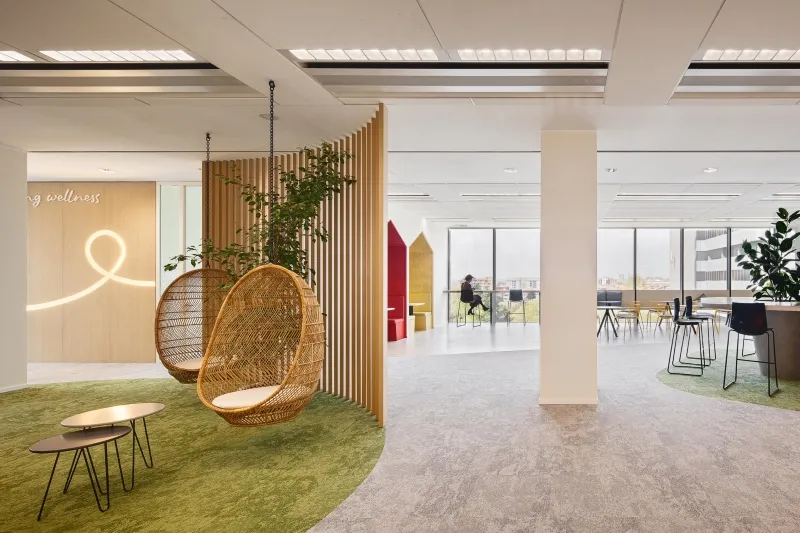
This pattern manifests itself in design through a number of different ways, including the incorporation of certain color palettes (e.g. the use of green to encourage creativity), using a variety of materials in a single space (e.g. bamboo, woodwork, stonework, or dried grasses), and the use of these materials in specific ways based on a room’s functional needs (e.g. a certain percentage of wood in a room can either decrease blood pressure or serve to encourage restoration or relaxation, making it essential to determine your home or business needs when choosing this material). By using natural materials, we can enhance our ability to grow and thrive within our interior environments.
10. Complexity and order
Our final pattern for today, complexity and order, takes its cue from the geometries and hierarchies found in nature and prioritizes symmetrical design that is sensory- and information-rich. The trick with this pattern, though, is to maintain balance between simplicity and overwhelm. If the design is too pared down, it will lack the appropriate levels of complexity to create intrigue, whereas if the design is too busy, it can actually backfire and lead to increased stress for the onlooker.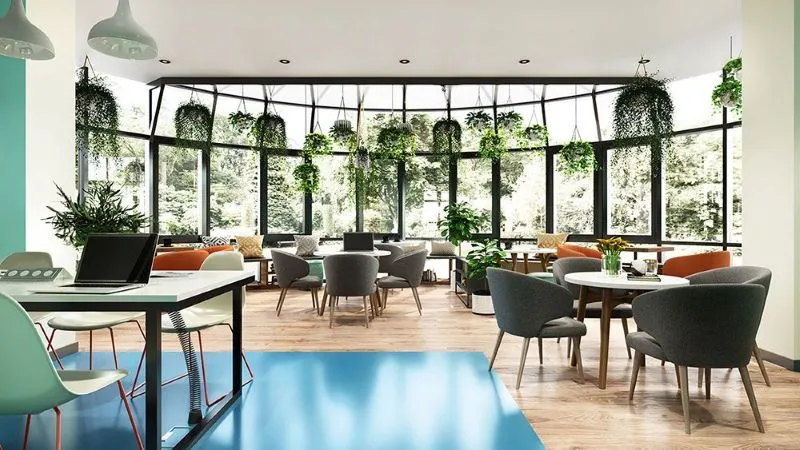
To create spaces with this pattern, it is essential to look to artwork and architectural features to display a sense of order. In fact, these types of designs have been used for centuries across the world to evoke feelings of calm and awe. With fractals at the heart of an interior, we can work to reduce the stress and emulate nature in every way possible.
11. Prospect
The pattern of prospect centers on the idea of unobstructed views with varieties in depth and focal lengths, such as those found in atriums, balconies, and staircase landings. By creating a space that feels open and airy, yet controlled and purposeful, we feel a sense of calm at our cores.There is opportunity and potential in the vast area before us, yet because it is planned and intentional, often ending in a visible area of refuge, it provides safety. This leads to reduced levels of stress, fatigue, and irritation. 
When we design spaces that include this pattern, it is essential to build in multiple viewpoints that allow for full visual access to the surrounding environment, as well as to incorporate continuously engaging and information-rich elements such as contrasting heights, planes, and open floor plans. The result mimics our early ancestors’ experience in the wide-open savannah, leading us to feel naturally inclined towards the entire ecosystem in which we find ourselves.
12. Refuge
The refuge pattern is about creating an environment that feels safe and provides a sense of retreat or withdrawal. Refuge conditions can create a restorative and stress-free environment that lowers blood pressure and heart rate.Anchored by a sense of retreat and withdrawal, spaces of refuge are essential to encouraging feelings of restoration and improved levels of stress. Unlike its prospect counterpart, refuge is defined by its separation and perceived safety. 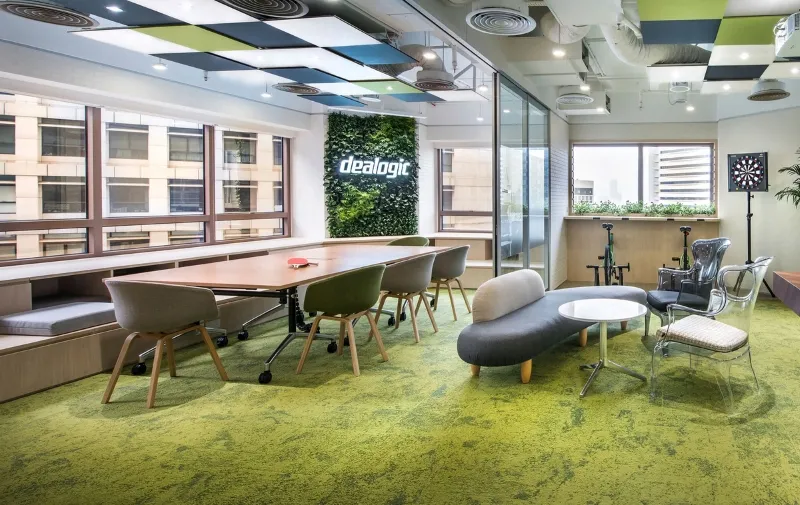
A refuge is located within the confines of a larger space, yet its unique spatial characteristics give it a distinctly separate feeling that emphasizes intimacy. With protection at one’s back and limited visual access to it from the larger surrounding environment, refuge spaces often include lower ceiling heights, acoustic paneling, suspended materials, and varied light levels. By setting it apart from the rest of the space, it instantly becomes a zone for reflection, meditation, and more.
13. Mystery
Mystery is part of the “Nature of the Space” category of biophilic patterns. Instead of bringing elements of nature directly into the space (Nature in the Space), or mimicking natural patterns, materials and forms (Natural Analogues), Nature of the Space patterns replicate enjoyable or exciting spatial conditions found in nature.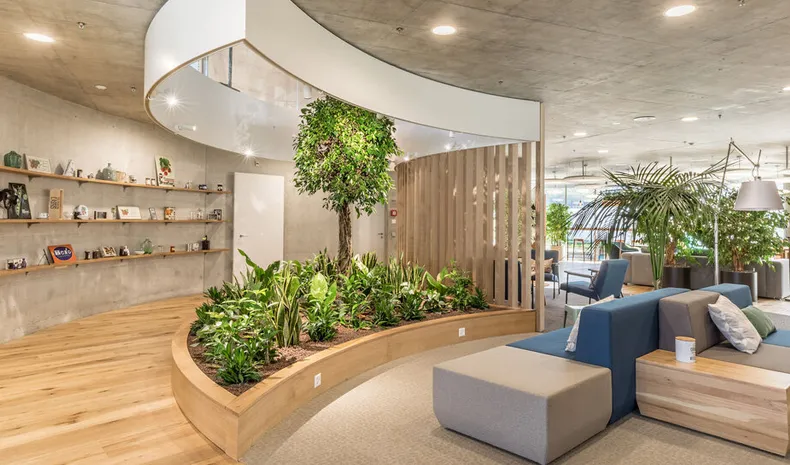
The Mystery pattern is defined as the promise of more information achieved through partially obscured views or other sensory devices that entice the individual to travel deeper into the environment. A space with a good Mystery condition has a palpable sense of anticipation, or of being teased, offering the senses a kind of denial and reward that compels one to further investigate the space. Importantly, a Mystery condition does not feel like a “don’t-open-that-door horror movie moment” (i.e., surprising, unpleasant, dangerous). Rather, it slowly reveals a new condition, feature, or information.
14. Risk and peril
Taking the concept of mystery a step further, the pattern of risk/peril seeks to exhilarate at its core. By experimenting with spatial conditions, this design element increases the perceived likelihood of risk and threat for its viewers while simultaneously providing built-in safeguards to keep fear and actual peril at bay. Where an infusion of too much fear can be debilitating, the right amount of danger can heighten our dopamine levels, which leads to increased motivation, memory and problem-solving skills.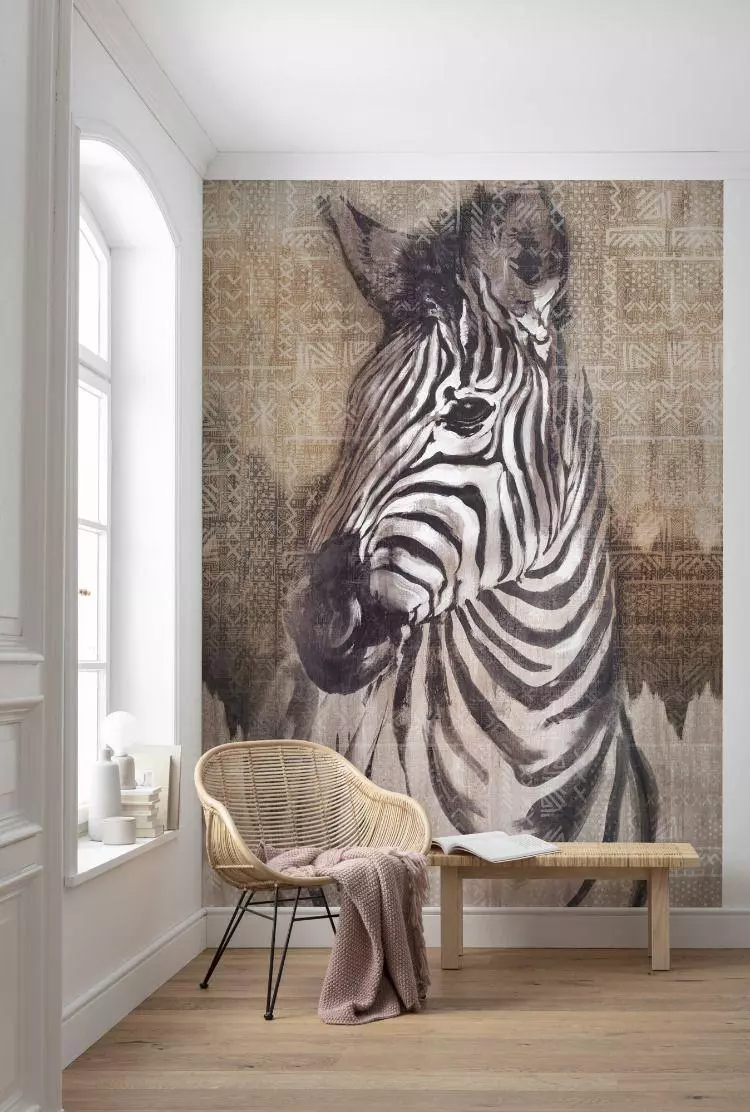
Risk and peril can be seen in a variety of designs, from something simple and low-risk like a walkway over a shallow pond to a daredevil experience like a glass box suspended out from a skyscraper. Toying with gravity, water, predator and prey dynamics, heights, and breakability all offer a shift from the everyday and the expected. Of course, safety features are always properly placed to guarantee nothing will actually happen, but the thrill this pattern evokes is inherently enjoyable and exciting.Risk/peril are essential biophilic design components that infuse a hint of danger and defiance into the everyday, and without them, our environments would almost certainly feel stagnant and monotonous. Adding either to a design is sure to bring about a sense of mischief and delight that is hard to replicate.


